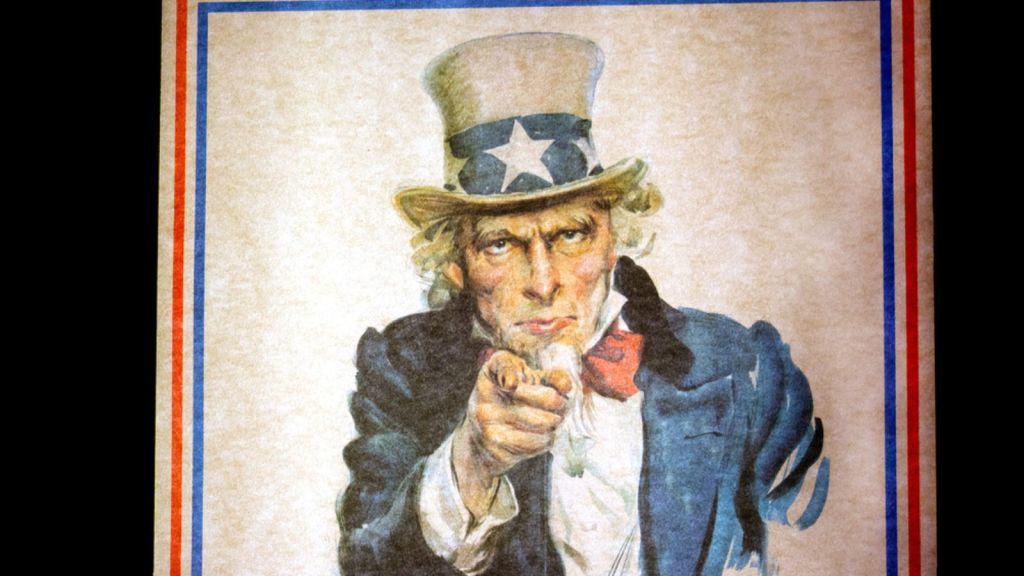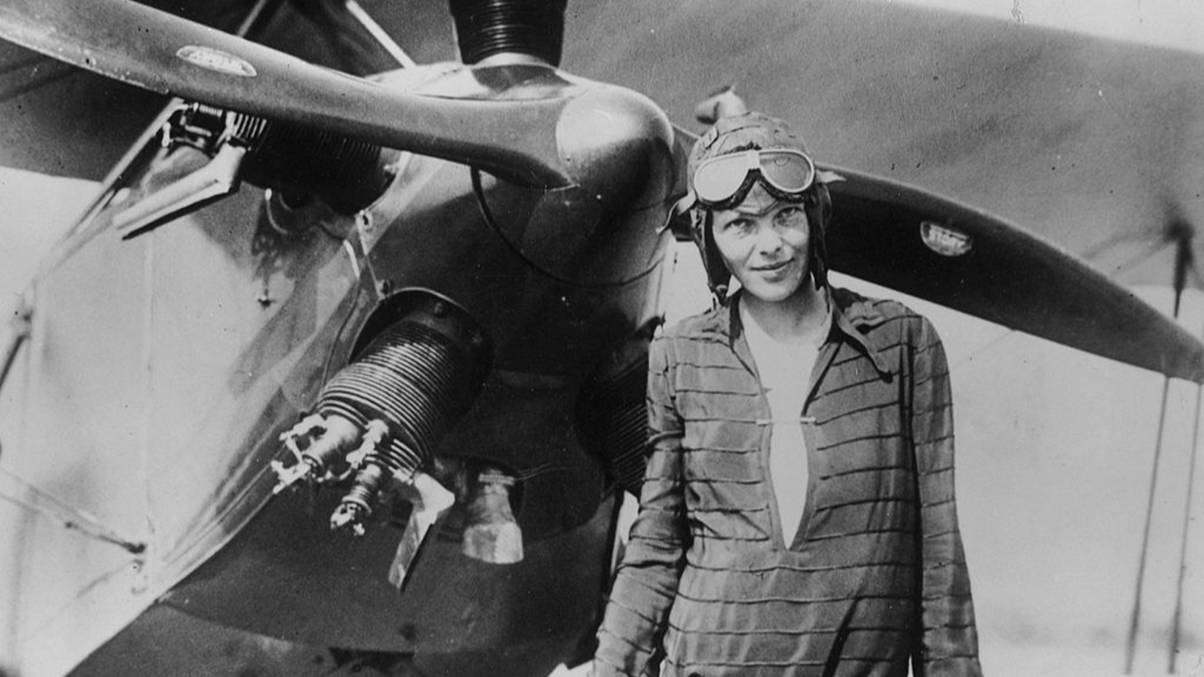“Unveiling the Shadows: 14 Propaganda Campaigns That Altered the Course of History”
Have you ever paused to think about just how easily even the smartest among us can fall for outlandish claims or wild conspiracy theories? It’s puzzling—maybe even a tad concerning—how entire nations can be swayed into actions that make zero sense when looking back. The culprit? More often than not, it’s the artful and frequently sinister use of propaganda. This powerful tool has left its mark on history, shaping perceptions, driving public sentiment, and sometimes even steering nations into conflict.
In this article, we’ll dive deep into 14 striking examples of propaganda that illustrate no less than frenzied social mobilization and distorted realities. From iconic recruitment posters to chilling films that spread hate, we’ll not only touch upon the methods utilized but also the ramifications of these campaigns on society. And let’s not kid ourselves—propaganda isn’t just a relic from the past! It’s alive and kicking today, popping up in political ads and buzzing through social media feeds. So join me as we uncover the hidden intricacies behind some of history’s most impactful propaganda campaigns, and how, by understanding their origins, we can become more savvy consumers of information and less likely to fall victim to manipulation. Curious? Well then—let’s get started! LEARN MORE
Have you ever wondered how seemingly normal, intelligent people can be persuaded into believing unusual things? Or how can entire nations be mobilized toward actions that appear utterly irrational in hindsight? The answer, more often than not, lies in the crafty power of propaganda. Throughout history, this manipulative tool has been used to sway opinions, incite actions, and even reshape the perception of events.













